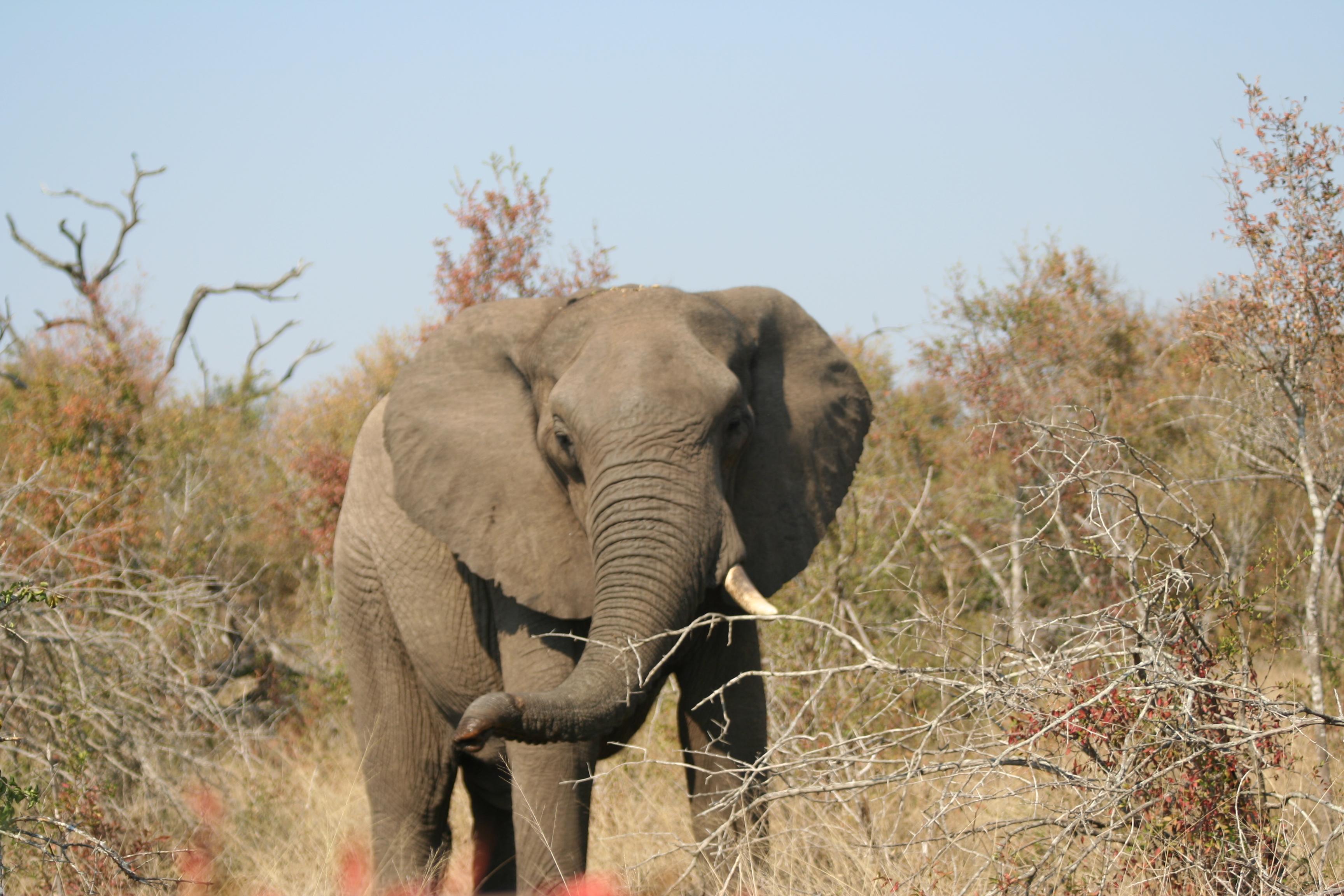
Defaunation & Landscape Conservation in Africa
Supervisor: Prof Robert Fletcher
Project Summary
Across the world, animal populations have declined and many species, particularly megafauna, have gone extinct. This ‘defaunation’ can have widespread consequences for remaining ecosystems. Africa is the only continent where megafauna persist, providing a situation to fully understand the consequences of defaunation and how to best conserve ecosystems as animals are lost. Furthermore, across Africa savanna ecosystems are increasingly degraded and under threat of land-use change. In this project, we will couple long-term experiments on defaunation of megafauna in southern Africa with broad-scale information on vertebrate distribution and land-use change to predict where and how defaunation is degrading ecosystems. We will use this information to guide landscape conservation strategies aimed at restoring and rewilding African ecosystems.
What Will The Students Do?
The student will become a critical member of a collaborative group conducting long-term, coordinated experiments in South Africa (Kruger National Park) and Eswatini (Mlawula Reserve) on the loss of large herbivores in savanna ecosystems. This collaborative program is tracking biodiversity change across taxa (plants, insects, birds, mammals) with experimental defaunation. The student will combine this information with spatial data on vertebrate distributions and land change to link experimental data to broad-scale patterns across the region. The student is expected to do both ecological field research and applied modelling.
References
Masolele, R.N., Marcos, D., De Sy, V., Abu, I.O., Verbesselt, J., Reiche, J., Herold, M., 2024. Mapping the diversity of land uses following deforestation across Africa. Scientific Reports 14.
McCleery, R.A., Monadjem, A., Baiser, B., Fletcher, R.J., Jr., Vickers, K., Kruger, L., 2018. Animal diversity declines with broad-scale homogenization of canopy cover in African savannas. Biological Conservation 226, 64-72.
Reiner, F., Brandt, M., Tong, X.Y., Skole, D., Kariryaa, A., Ciais, P., Davies, A., Hiernaux, P., Chave, J., Mugabowindekwe, M., Igel, C., Oehmcke, S., Gieseke, F., Li, S.Z., Liu, S.Y., Saatchi, S., Boucher, P., Singh, J., Taugourdeau, S., Dendoncker, M., Song, X.P., Mertz, O., Tucker, C.J., Fensholt, R., 2023. More than one quarter of Africa's tree cover is found outside areas previously classified as forest. Nature Communications 14.
